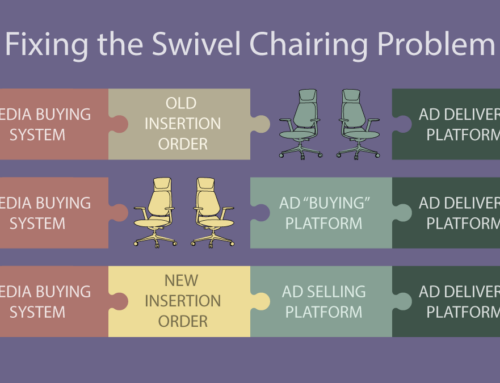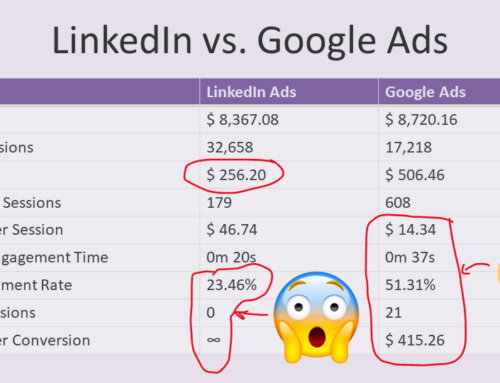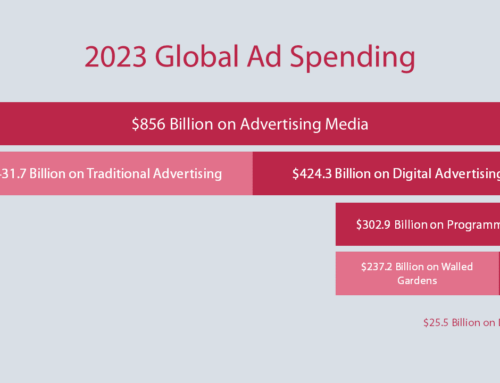“The RFP is broken” is often heard among digital media planning/buying and digital ad sales teams (called “buyer” and “seller” in this article). However, the RFP – or Request for Proposal – has remained an ingrained part of the digital media buying process for guaranteed inventory.
This article explores the problems with using the RFP process in digital media buying.
The purpose of the RFP
The proposals that come in response to the RFP provide the buyer with benefits that include:
- Information – Proposals (RFP responses) contain the information a buyer needs to decide whether or not to include a given program in their media plan
- Ideas – proposals sometime present fresh “out of the box” ideas that benefit the advertiser
- Pricing – Proposals often include special negotiated pricing and other special terms
- Inventory – Proposals typically reveal how much inventory is available during the flight of the campaign
How do RFP’s fail?
Buyers and sellers cite the following problems with the RFP:
1. False Positives – programs in the consideration set that are not a good match for the campaign criteria. This wastes time for both the buyer and seller.
2. Omissions – relevant programs missing from the consideration set
3. Contacts – difficulty gathering contact information for sellers from each program.
4. Delays – the RFP process may take two weeks or more to conduct start to finish
5. Non-responders – RFPs that receive a late response or no response at all
6. Bad Formats – proposals come in a variety of formats (e.g. Word, PDF, PowerPoint, Excel) which creates extra work for the buyer in reconciling and standardization
7. Incomplete proposals – proposals that do not provide the information requested in the questions in the RFP
8. Time Consuming – the RFP process is time consuming for both buyers and sellers. For a buyer, it typically takes 38 hours across 4 job functions to conduct the RFP process. For a seller, it typically takes 4 hours to respond to an RFP with a proposal. A campaign with 10 RFPs consumes 78 hours of work for buyers and sellers.
9. Expensive – the RFP process is expensive for both buyers and sellers. For example, it typically costs a buyer $3,018 per campaign to perform the RFP process. Sellers collectively spend at least as much bringing the total to more than $6,000 per campaign.
With all these problems, you have to wonder why the RFP is relied upon so heavily in the digital media buying process. Find out in our next post “Why the RFP fails in digital media buying.”





